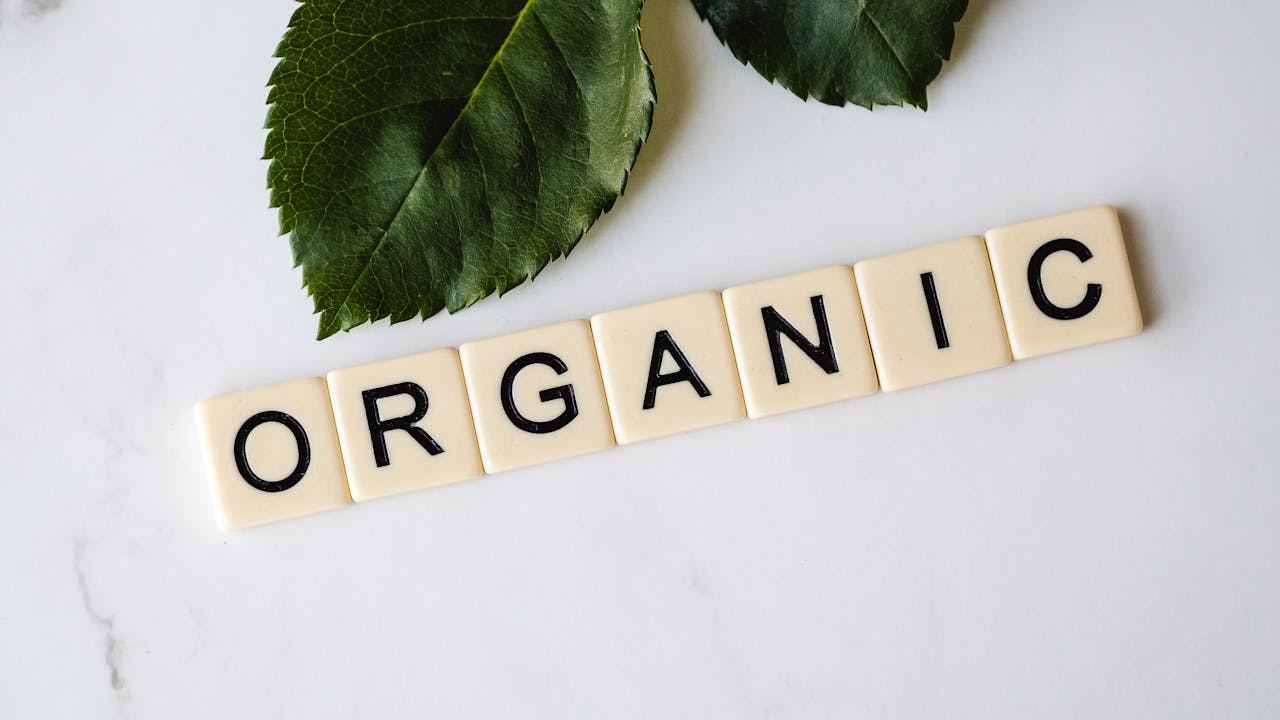
More people are consciously trying to make better decisions. According to Pew Research, millennials and Gen Z, or people 11-42 years of age, have become climate change activists. Gen Z, in particular, has become the sustainability generation. This is one of the drivers of the shift towards organic food consumption and a growing preference for organic frozen ready to eat meals or fresh produce – egg, meat, fish, fruits, and vegetables.
The days of mindless consumption are over, at least for a portion of the global population. For these people, choosing bags, soaps, groceries, and all other products must be done based on criteria that include their impact on the environment, animals and people.
Sustainability is not the only reason for this obvious shift towards organic products. There’s also a clamor for healthier and cleaner consumption. Organic products, with their strict production guidelines that preclude using most chemical aids, fit that bill.
Read on if you wish to hop on the organic bandwagon for sustainability, health or clean eating reasons. This write-up will define what organic means, tell you what organic labels signify, and even give you a vegetable samosa recipe you can use to jumpstart a healthier, organic lifestyle.
What Organic Means According to the USDA
The following are the general definitions for organic produce, livestock and multi-ingredient food products.
Organic Crops
The U.S. Department of Agriculture is clear on what constitutes organic produce.
Crops are organic if they have been grown on soil certified to have had no forbidden substances applied to them for three years before harvest. USDA keeps and maintains this list of prohibited substances.
Organic Meat
Organic meat comes from animals that:
- Have been raised in conditions tailored to their natural behaviors (e.g., free-range chicken)
- Have been fed using 100% organic feed and forage
- Have not been treated with antibiotics or administered growth-enhancing hormones
Multi-Ingredient Organic Food Products
Processed and multi-ingredient organic food products must not contain:
- Artificial colors
- Artificial flavors
- Chemical preservatives
Moreover, all ingredients in a multi-ingredient product must be organic. There are a few exceptions, which you can find in the USDA list of allowed substances.
For instance, pectin is generally allowed for texture enhancement. That said, it would be so much better if a manufacturer could use an organic pectin replacement.
Organic Product Labeling as per USDA Regulations
The USDA has strict regulatory labeling requirements.
Products can use the USDA organic seal and make an organic claim on their principal display panel (PDP) if:
- They are 100% organic, in which case the PDP can bear the label “100 percent organic.”
- At least 95% of their ingredients are organic, in which case their PDP can bear the label “organic.”
When at least 70% of the ingredients in a product are organic, it can bear the label “made with organic [the organic ingredient name]” but cannot use the USDA organic seal on its principal display panel. Additionally, it cannot claim that the product is organic or “made with organic ingredients.”
Meanwhile, products with less than 70% organic ingredients may specify the organic ingredients in their ingredients list. However, they may not use the USDA organic seal and the word “organic” anywhere on their principal display panel.
Organic Vegetable Samosa Recipe
If you’re looking to go organic, this simple yet tasty vegetable samosa is one of the organic recipes you can try. Vegetable samosas are stuffed fried or baked pastries with a savory filling. In this version, you’ll make your pastry from scratch and fill it with a mixture of organic vegetables.
Ingredients
Start by preparing the following ingredients.
Pastry Ingredients
- Flour, 1 cup
- Ghee or butter, 1 oz
- Water, 2-3 tbsp
- Salt, ¼ tsp
Vegetable Filling Ingredients
- Olive oil, 1 tbsp
- Small onion, 1 pc, diced
- Green chilies, 2 pcs, minced
- Turmeric, ¼ tsp
- Ginger, 1 tsp, finely chopped
- Mustard seeds, 1 tsp
- Frozen peas, 3.35 oz
- Medium potato, 1 pc, cooked and diced
- Coriander, ½ tbsp
- Lemon juice, 1 tbsp
- Salt, to taste
- Pepper, to taste
Steps
Once you have all your ingredients ready, do the following.
Make the Pastry
- Put flour and salt in a fine sieve and sift into a mixing bowl.
- Mix in the butter until the flour attains a breadcrumb-like texture.
- Add water and knead until the dough becomes smooth.
- Put the dough in a bowl, then cover with either a clean cloth or plastic wrap.
- Leave the bowl in the chiller while you prepare the filling.
Make the Filling
- Put the oil in a pan, then fry the onion, chilies, turmeric, ginger, and mustard seeds with some salt for about three minutes. In case the ingredients stick, use ½ tbsp of water to unstick the onion and spice mixture from the pan.
- Stir the peas into the frying spice mixture and cook for two minutes.
- Add the cooked and diced potato as well as the coriander, then cook for another minute.
- Add the lemon juice and immediately remove the pan from the heat. Let the filling cool until it’s no longer steaming hot.
Assemble
Once the pastry and the filling are ready, assemble the samosa.
- Get the dough and divide it into eight pieces.
- Dust each piece with flour and flatten and shape into a disc with a rolling pin, then cut each round piece into two.
- Fold the half-round, bringing the two straight edges together and sealing with water.
- Put vegetable filling inside the hollow center of the cone and seal the rounded top edges with water.
Fry
Once the samosas are ready, it’s time to fry them.
- Heat some oil in a deep fryer until it reaches 356°F.
- Drop the samosas into the hot oil and fry for eight to 10 minutes. Make sure to deep-fry in batches to avoid crowding.
- Drain the fried samosas on kitchen towels.
Go Organic
Go organic if you value sustainability, the environment, and a healthier lifestyle. However, always be mindful of the organic label the next time you shop to ensure you’re getting the kind of product you want. And start your organic journey by making and enjoying an organic vegetable samosa, courtesy of the recipe shared here.
Conclusion
In conclusion, the growing trend toward organic products is fueled by a blend of environmental consciousness and health concerns, particularly among younger generations like Millennials and Gen Z, who prioritize sustainable and ethical consumption. This shift reflects a broader desire for products that are free from harmful chemicals and supportive of natural ecosystems, as outlined by USDA standards. By understanding organic labeling and criteria, consumers can make informed choices that align with their values. For those ready to embrace an organic lifestyle, starting with small, enjoyable steps like preparing an organic vegetable samosa can be a delicious entry point into a healthier, more sustainable way of living.
Related Articles:
– 25 Best Travel Blogs in 2024: Top Travel Blogger Websites in the World
– The Future of Luxury Travel: A Glimpse of What’s To Come
– The 8 Elements of Travel
– Everything You Need to Know About Travelling
– Virtual Thrills Await: Exploring Yas Island Top VR Experience

